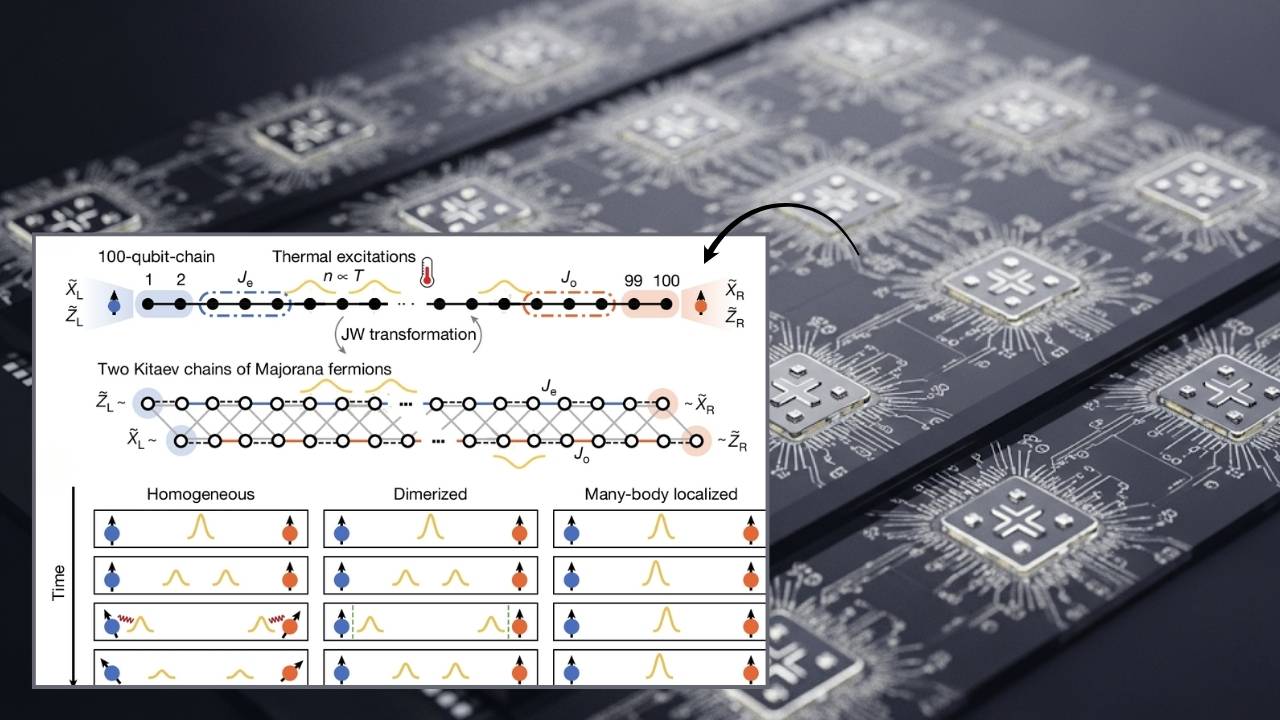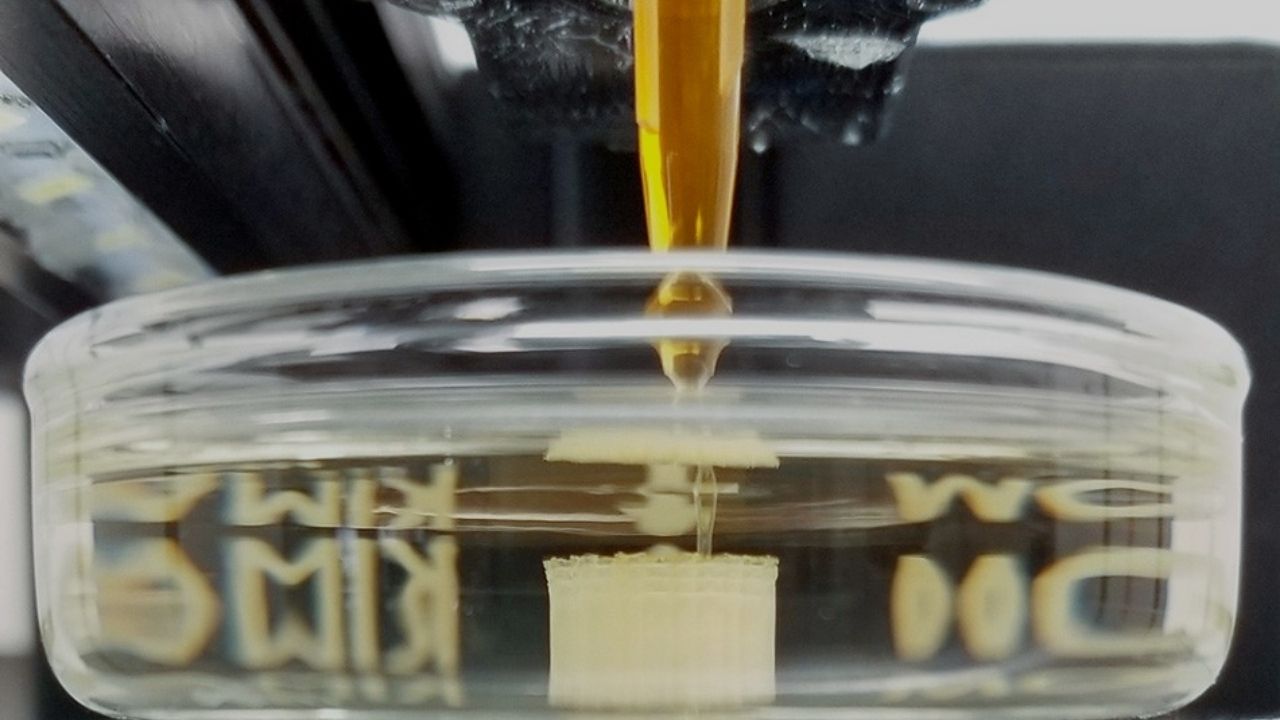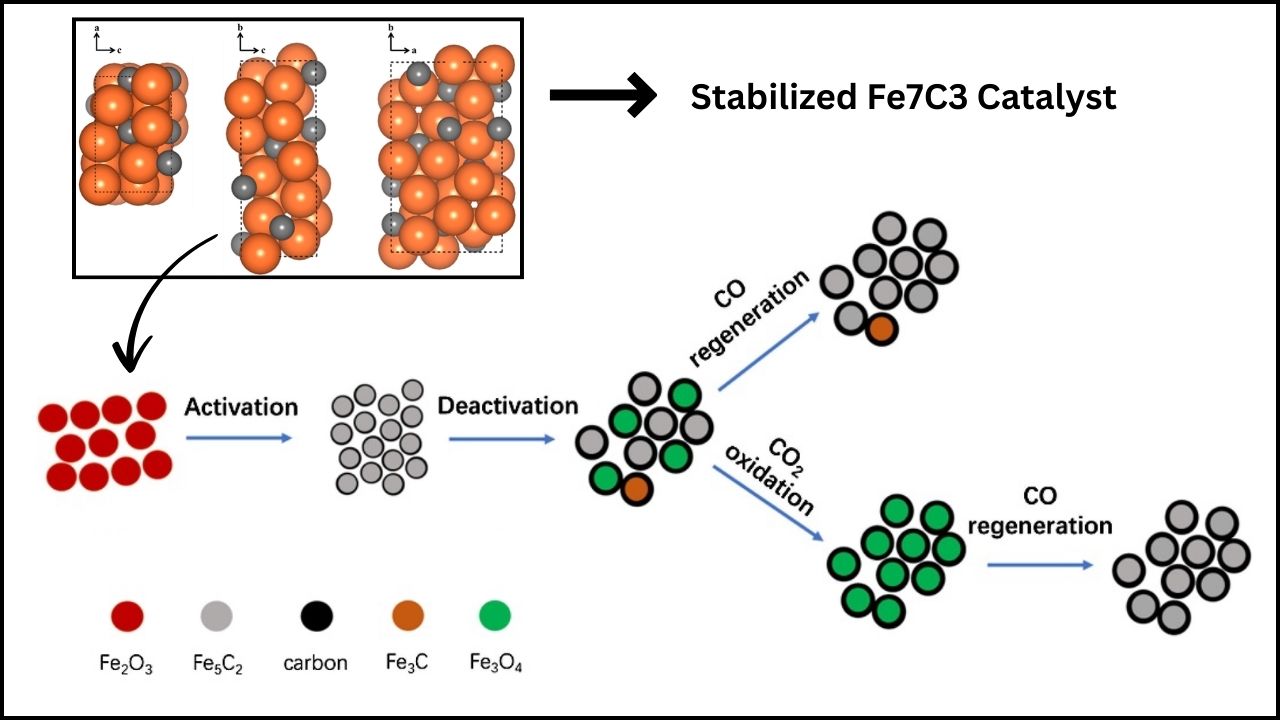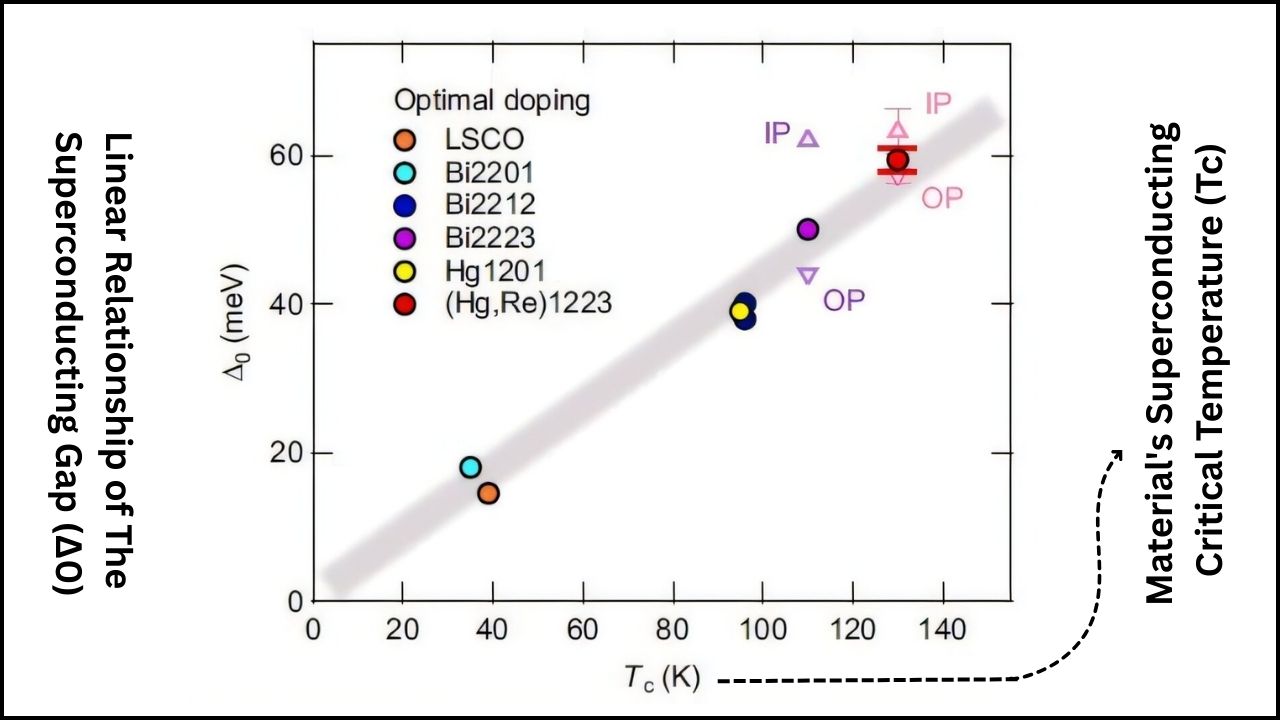Horses have been not only magnificent creatures but also essential partners in human history. The ability to ride horses revolutionized transportation, farming, warfare, and even societal development. But have you ever wondered what made wild horses rideable in the first place? Recent groundbreaking research suggests that a single genetic mutation in horses was likely a game-changer in making them suitable for riding. This discovery gives us a fascinating glimpse into how a tiny change at the DNA level transformed wild animals into trusted companions, fundamentally changing human civilization.
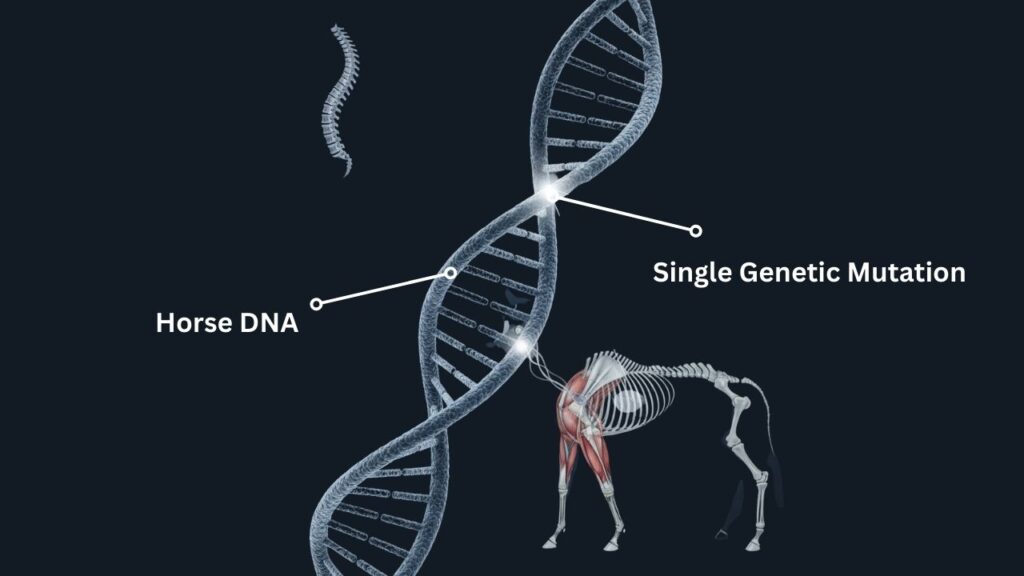
Understanding this genetic breakthrough helps illuminate the complex process of horse domestication, sheds light on ancient human ingenuity, and offers practical insights for modern breeders and equestrians alike.
The Single Genetic Mutation That May Have Made Horses Rideable
| Topic | Key Information |
|---|---|
| Genetic Mutation | Mutation in the GSDMC gene linked to stronger backs and better locomotion |
| Behavioral Change | Mutation in ZFPM1 gene associated with tameness and docility |
| Time Period | Mutation and domestication events around 4,200 to 5,000 years ago in Eurasian steppes |
| Impact | Enabled rideability, transforming transportation, warfare, agriculture, and societies |
| Research Source | Study published in Science (2025), genetic analysis of 266 ancient and modern horse DNA markers |
| Professional Relevance | Insights into genetics for horse breeders, historians, archaeologists, geneticists, and veterinarians |
| Official Research Website | Center for Anthropology and Genomics – Toulouse |
The discovery of a single genetic mutation in the GSDMC gene has reshaped our understanding of horse domestication by explaining how wild horses became rideable companions. Coupled with behavioral changes linked to the ZFPM1 gene, this mutation enabled early humans to transform horses into powerful partners that revolutionized transportation and warfare.
By studying ancient DNA and conducting modern experiments, researchers offer not only historical insights but practical advice for the equine world today. This breakthrough exemplifies how a tiny tweak in the genome can spark monumental change—both in animals and human societies.
What Is the GSDMC Gene Mutation and Why Does It Matter?
The GSDMC gene plays an important role in the shape and strength of an animal’s spine and body. Scientists discovered that horses with a certain mutation in the GSDMC gene had stronger backs and better physical coordination. This mutation became widespread around 4,200 years ago, during the early days of horse domestication in the steppes of Eastern Europe.
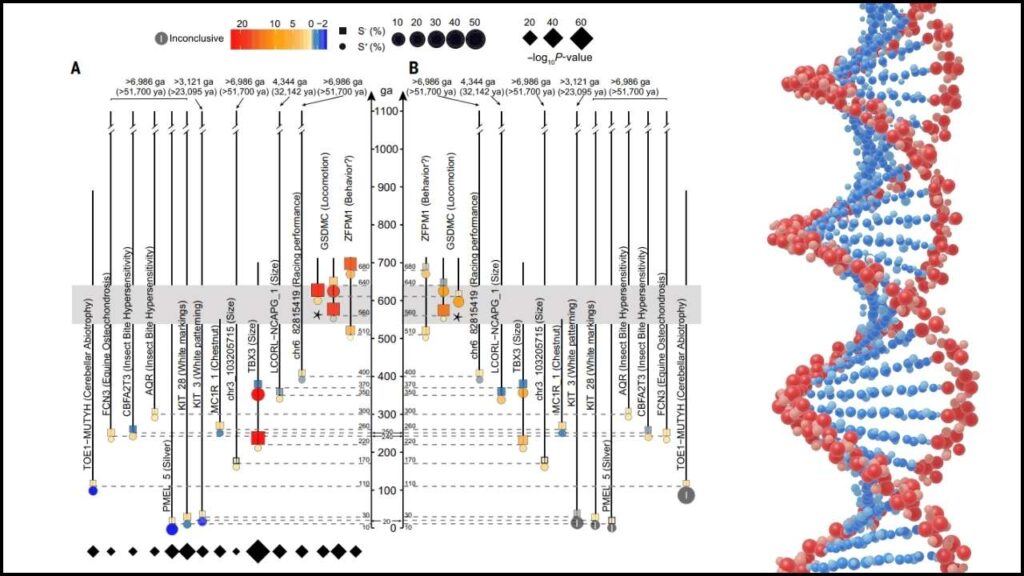
Researchers used an ingenious method: they examined ancient horse DNA across thousands of years and tested similar genetic changes in mice to observe how the mutation affected physical traits. The mice with this genetic change developed flatter spinal columns and showed enhanced movement — traits that would make a horse much better suited for carrying riders and carrying heavy loads.
Before this mutation became common, horses were less suited to being ridden due to weaker backs and locomotion issues. This genetic change was likely a key step that allowed early humans to domesticate horses effectively, leading to horses becoming stable mounts and work animals.
The Role of Behavior: Tameness and the ZFPM1 Gene
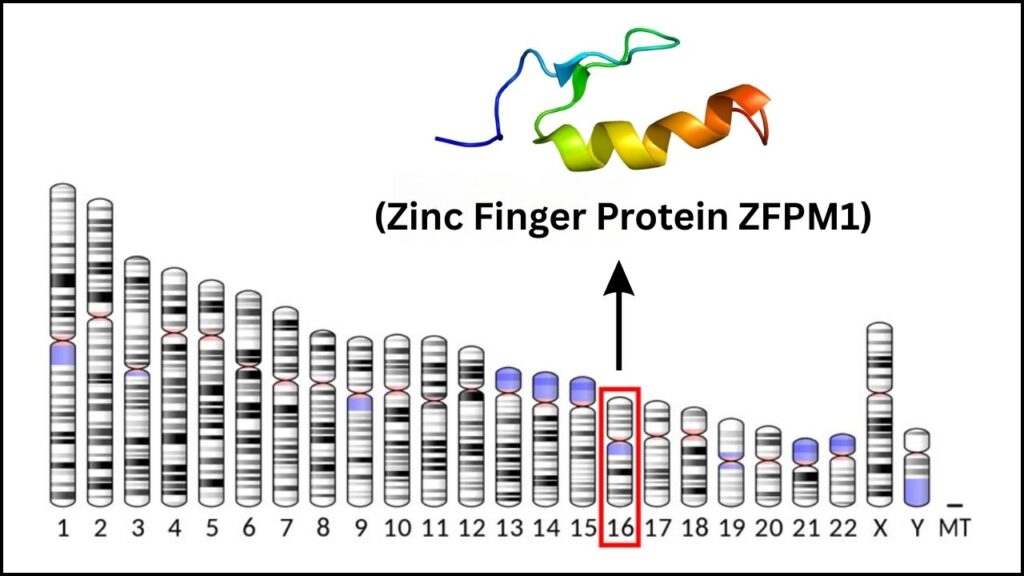
Besides the physical changes, behavior played a huge role in domesticating horses. Another gene, ZFPM1, is linked to mood regulation and tameness. Early horse breeders likely selected horses that were less aggressive and easier to handle, paving the way for more docile and cooperative animals.
Tameness was vital because no matter how strong a horse is, it must be calm to be safely ridden or used for work. Combining the GSDMC mutation for physical strength and the ZFPM1 mutation for gentler behavior created the perfect combination for human-horse partnerships.
A Detailed Look at Horse Domestication and the Mutation Timeline
Domestication was not an overnight event but a process spanning centuries. Let’s break it down:
Step 1: Selecting for Tameness (About 5,000 Years Ago)
Humans began selecting wild horses based on behavior. Those with favorable ZFPM1 gene variants that made them less aggressive were bred, increasing tameness in offspring.
Step 2: Mutation at GSDMC (Around 4,200 Years Ago)
The GSDMC mutation starts to show up widely, strengthening horses’ backs and making them more capable mounts.
Step 3: Spread and Domestication
Horses carrying these genetic advantages quickly spread across Eurasia, especially near the Don-Volga steppes. These were the first truly rideable horses and helped develop new transportation, trade routes, and even warfare strategies.
Step 4: Later Breeding Advances
After the initial domestication, further selective breeding increased horse size and refined temperament over the Iron Age and beyond, according to fossil DNA and archaeological records.
Why This Discovery Is Important for Professionals and Enthusiasts
The identification of the GSDMC mutation sheds light on:
- Geneticists: Understanding evolutionary genetics and domestication processes.
- Archaeologists & Historians: Clarifying domestication timelines and human societal development.
- Veterinarians & Breeders: Recognizing key genetic traits that influence horse health, strength, and susceptibility to back problems.
- Equestrians & Trainers: Gaining insights into breed selection and behavioral management.
Knowing the genetic underpinnings helps modern horse breeding programs promote health, performance, and temperament more effectively, avoiding past genetic issues like weak backs or difficult behavior.
Practical Tips for Horse Lovers and Breeders
1. Prioritize Genetics for Health and Strength
Choose breeds and bloodlines known for strong backs and good coordination, possibly linked to GSDMC gene variants.
2. Focus on Temperament
Early tameness selection offers a lesson in prioritizing calm, trainable horses, which is still essential today.
3. Monitor Back Health
Even with genetic advantages, horses can develop back problems. Provide proper saddles, regular vet checks, and conditioning to ensure comfort and longevity.
4. Embrace Modern Genetics
DNA testing is increasingly available. Horse owners and breeders can use genetic insights to make more informed decisions.
Van der Waals Materials Could Revolutionize Optical Vortex Generation With Spin-Orbit Coupling
FAQs About The Single Genetic Mutation That May Have Made Horses Rideable
Q1: What is the GSDMC gene?
It’s a gene that influences the body structure, especially the spine, and motor coordination in horses and other mammals.
Q2: How did the mutation affect horses?
It strengthened their backs and improved their ability to move smoothly, making them suitable for carrying riders and loads.
Q3: When did this mutation appear?
Around 4,200 years ago during early horse domestication in Eurasian steppes.
Q4: Were there other important genes in domestication?
Yes, particularly the ZFPM1 gene, which is associated with tameness and docile behavior.
Q5: How does this discovery help modern horse breeding?
It provides genetic markers to improve health, strength, and behavior, which are crucial for breeding better horses.
